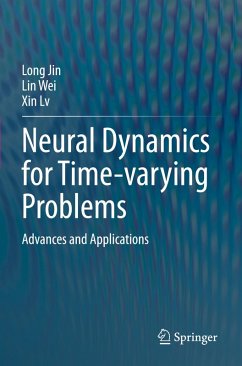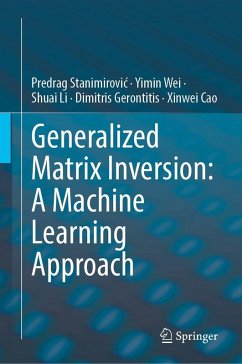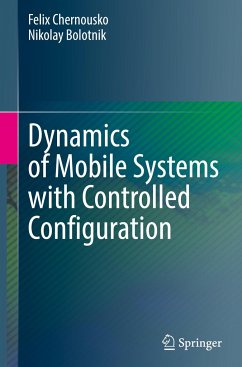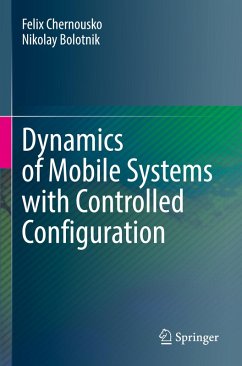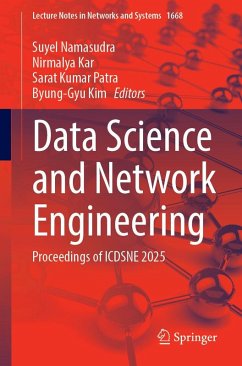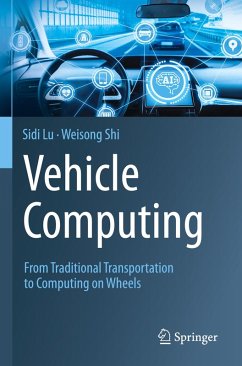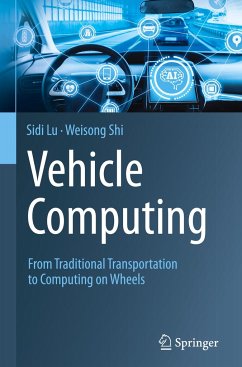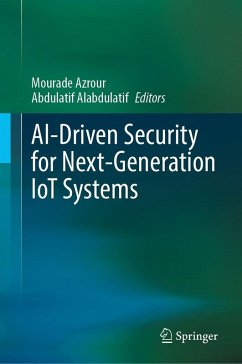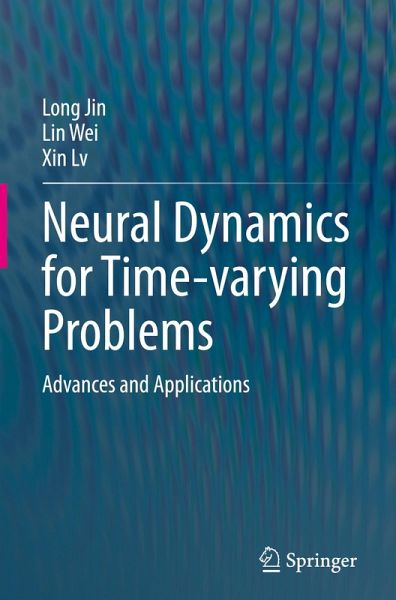
Neural Dynamics for Time-varying Problems
Advances and Applications
Versandkostenfrei!
Versandfertig in 6-10 Tagen
136,99 €
inkl. MwSt.
Weitere Ausgaben:

PAYBACK Punkte
68 °P sammeln!
This book mainly presents methods based on neural dynamics for the time-varying problems with applications, together with the corresponding theoretical analysis, simulative examples, and physical experiments. Based on these methods, their applications include motion planning of redundant manipulators, filter design, winner-take-all operation, multiple-input multiple-output system configuration, multi-linear tensor equation solving, and manipulability optimization are also presented. In this book, we present the design, proposal, development, analysis, modeling, and simulation of various neural...
This book mainly presents methods based on neural dynamics for the time-varying problems with applications, together with the corresponding theoretical analysis, simulative examples, and physical experiments. Based on these methods, their applications include motion planning of redundant manipulators, filter design, winner-take-all operation, multiple-input multiple-output system configuration, multi-linear tensor equation solving, and manipulability optimization are also presented. In this book, we present the design, proposal, development, analysis, modeling, and simulation of various neural dynamic models, along with their respective applications including motion planning of redundant manipulators, filter design, winner-take-all operation, multiple-input multiple-output system configuration, multi-linear tensor equation solving, and manipulability optimization. Specifically, starting from the top-level considerations of hardware implementation, we integrate computational intelligence methods and control theory to design a series of dynamic and noise-resistant discrete neural dynamic methods. The research work not only owns the theoretical guarantee on its convergence, noise resistance, and accuracy, but demonstrate the effectiveness and robustness in solving various optimization and equation solving problems, particularly in handling time-varying problems and noise perturbations. Moreover, by reducing complexity and avoiding matrix inversion operations, the models' feasibility and practicality are further enhanced.



